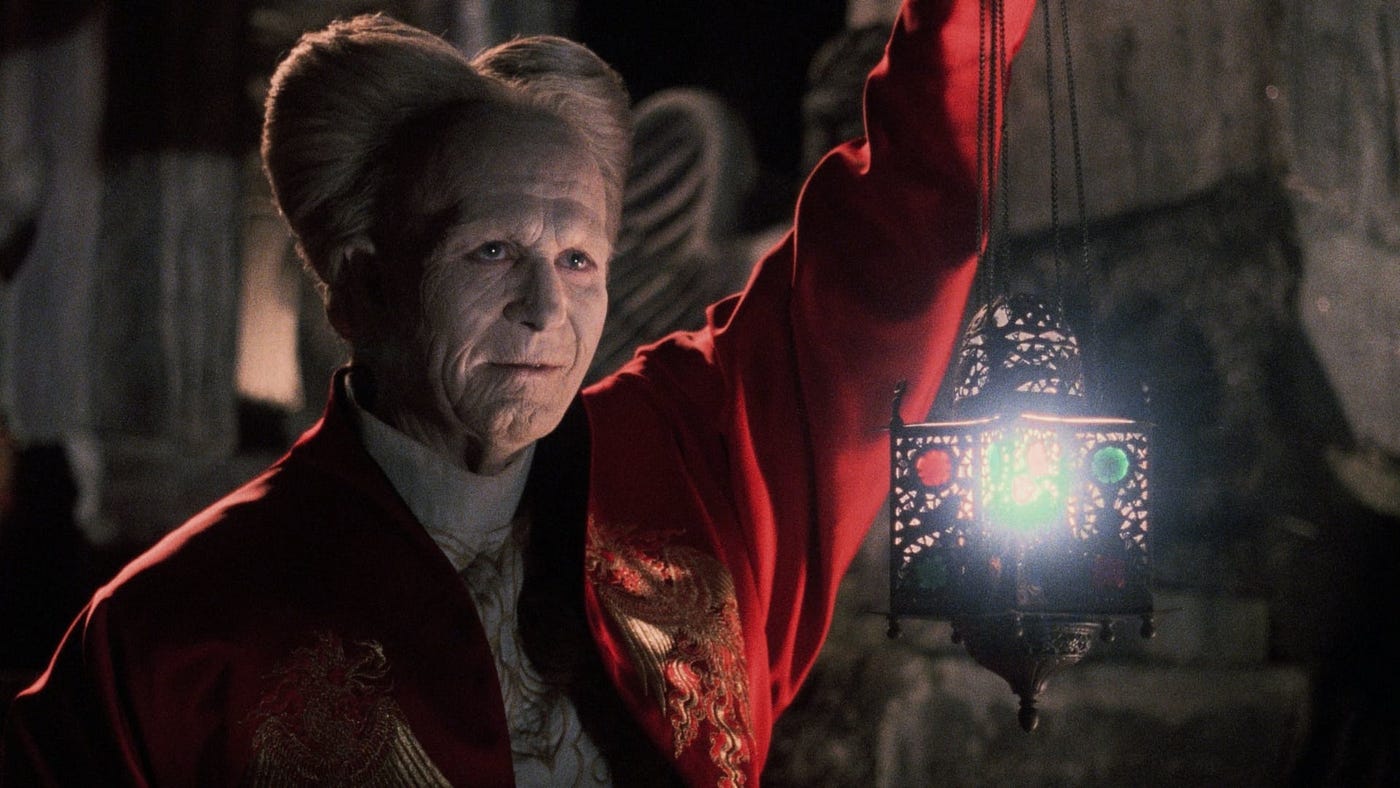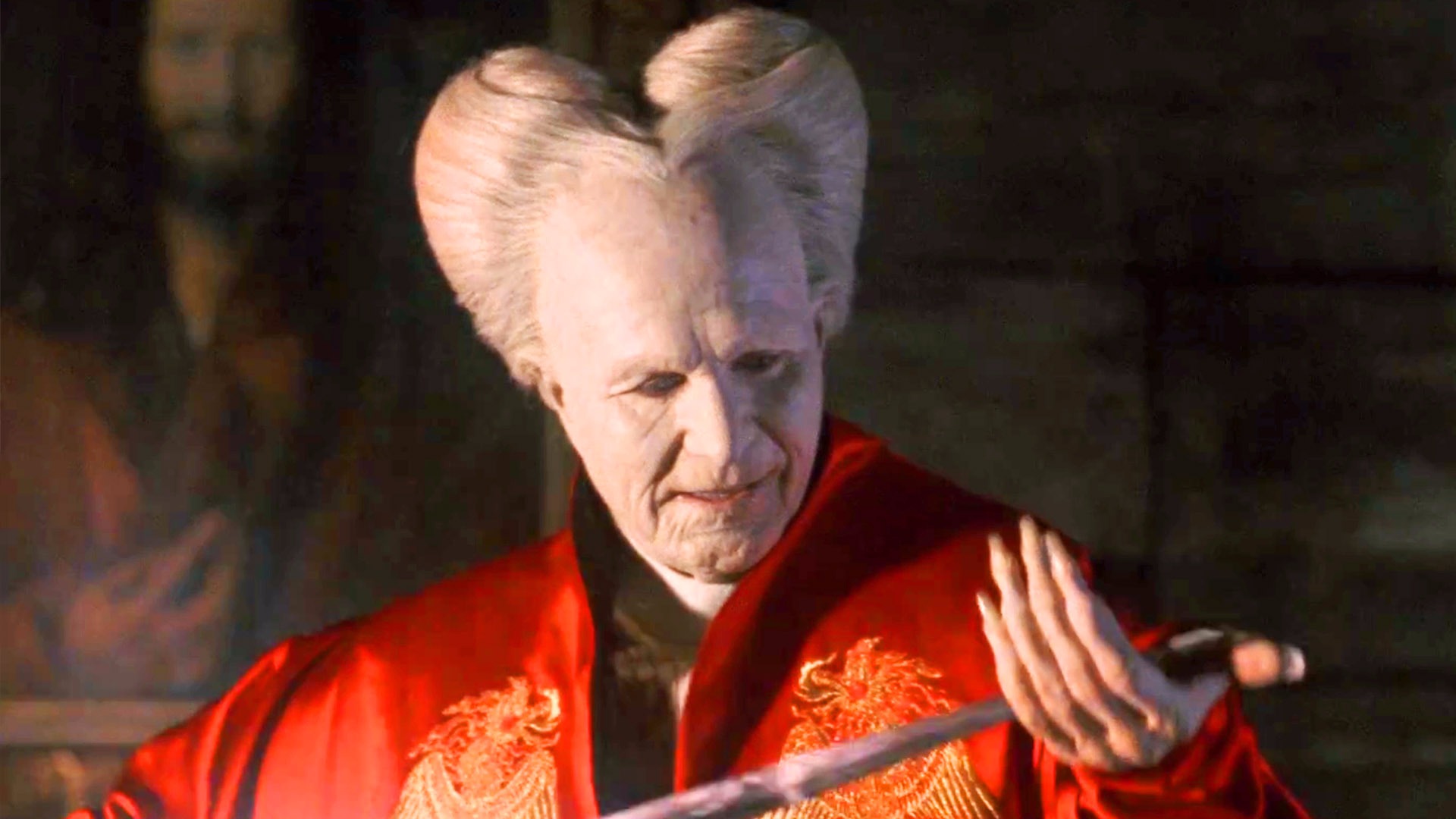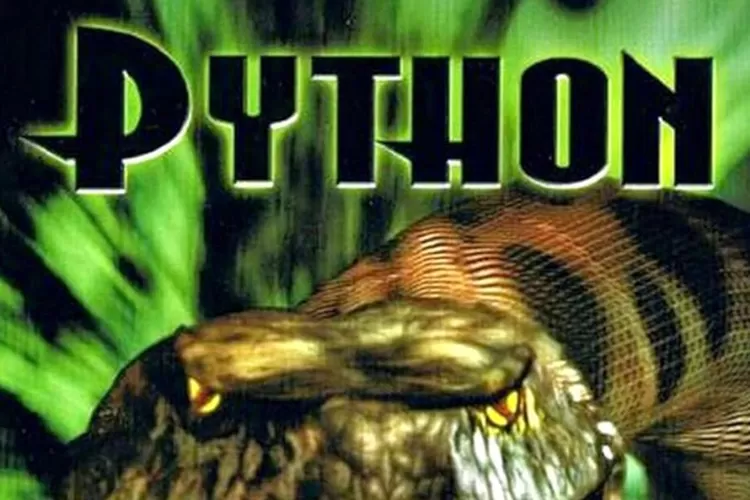Bram Stoker’s Dracula (1992)
Bram Stoker’s Dracula (1992), directed by Francis Ford Coppola, is a lavish, atmospheric adaptation of the classic 1897 novel by Bram Stoker. Starring Gary Oldman as the enigmatic Count Dracula, Winona Ryder as Mina Murray, Anthony Hopkins as Professor Van Helsing, and Keanu Reeves as Jonathan Harker, the film is widely celebrated for its visual richness, operatic storytelling, and its attempt to stay faithful to the source material while adding emotional depth to the central characters.
Set primarily in Victorian England and Transylvania, the film begins with a dramatic prologue that reimagines Dracula as a tragic, vengeful figure—a 15th-century Romanian prince named Vlad the Impaler who renounces God after the suicide of his beloved wife. This backstory adds a romantic and human element to the character, portraying him not just as a monster, but as a tormented soul seeking redemption and reunion with his lost love, whom he believes has reincarnated as Mina Murray.

When Jonathan Harker travels to Transylvania to assist Dracula with a real estate transaction in London, he unwittingly becomes a prisoner in the Count's decaying, Gothic castle. Dracula, having seen Mina’s photograph, journeys to London to pursue her, leaving a trail of blood, seduction, and horror. As he courts Mina and begins to turn her to darkness, her fiancé Jonathan, along with Professor Van Helsing and a group of allies, vows to destroy the vampire and save her soul.
One of the film’s most praised aspects is its commitment to practical effects and traditional filmmaking techniques. Coppola chose to use minimal computer-generated imagery, relying instead on stagecraft, in-camera effects, and old-school cinematography tricks to evoke a sense of timeless horror. The result is a dreamlike, surreal atmosphere that mirrors the novel’s eerie tone and supernatural content. The production design, costumes, and cinematography contribute to the film’s rich, baroque visual style, making it one of the most visually memorable adaptations of Dracula to date.

Gary Oldman’s performance as Count Dracula is especially notable for its complexity and range. He portrays Dracula in multiple forms: the ancient, decaying nobleman; the youthful and seductive aristocrat; the demonic beast; and the sorrowful, dying man. His portrayal gives the character emotional depth, eliciting both fear and sympathy. Winona Ryder provides a strong performance as Mina, torn between duty and an inexplicable connection to Dracula, while Anthony Hopkins delivers a quirky yet intense interpretation of Van Helsing.
Although the film received mixed reviews upon release—some critics praised its style and ambition while others criticized its pacing and certain casting choices—it has since gained a strong cult following and is regarded as one of the more faithful and artistically ambitious adaptations of Stoker’s novel. Its exploration of themes such as eternal love, damnation, and the duality of man aligns closely with the Gothic tradition.

In conclusion, Bram Stoker’s Dracula (1992) stands as a bold and visually stunning retelling of a literary classic. With its blend of horror, romance, and art-house sensibility, Coppola’s film remains a singular cinematic experience—both a tribute to Gothic horror and a meditation on the tragic beauty of immortal love.

-1751687973-q80.webp)